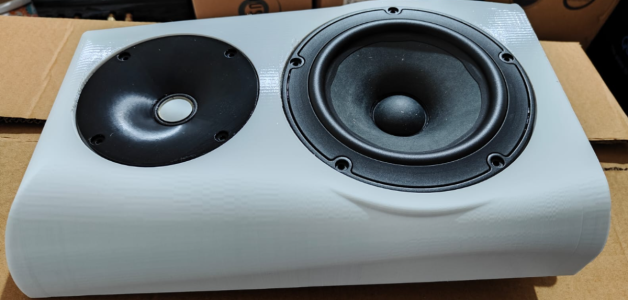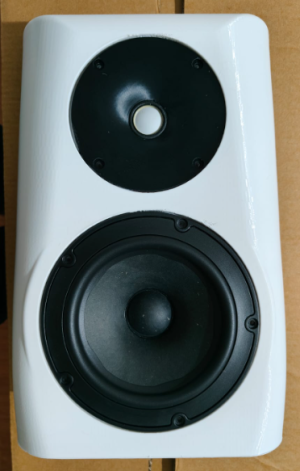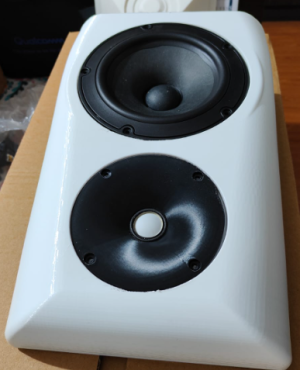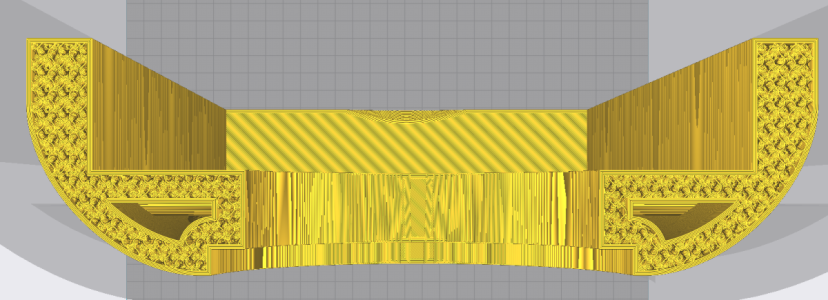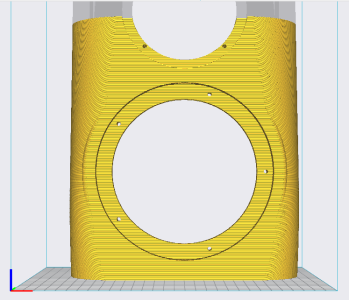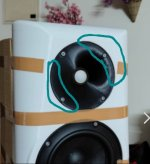rwnano
Well-Known Member
Appreciate your efforts and the scienceBefore I finally go ahead with the build, I took some time to do detailed Akabak simulations of the waveguide in this final cabinet
For that, here is the process
1) Stripping down the cabinet to surfaces with only essential features
View attachment 93216
2) Integrating the waveguide with it
View attachment 93217
3) Meshing the whole thing
View attachment 93218
4) Doing sims in Akabak in half symmetry
View attachment 93219
Dome driver modeling of the SB26ADC/CDC using actual dimensions
View attachment 93220
5) Generating horzontal and vertical polars
View attachment 93221
View attachment 93222
6) Converting everything into a more easily visualizable format
View attachment 93223
View attachment 93224
View attachment 93225
We have good directivity control down to 1kHz.
The cabinet shape and depth help extend the usable directivity control of the waveguide from 2.6kHz (128mm diameter waveguide) down to 1 to 1.3 kHz. It is an octave more of directivity control for free..
I am very happy with the way things are looking now..
For any diy person recommend to check


